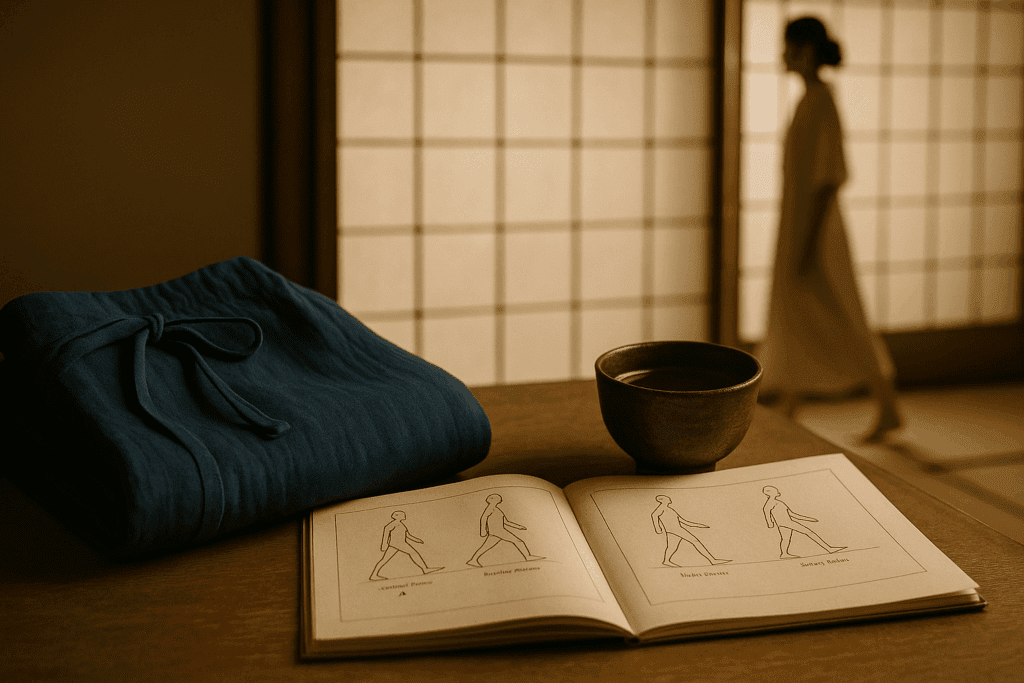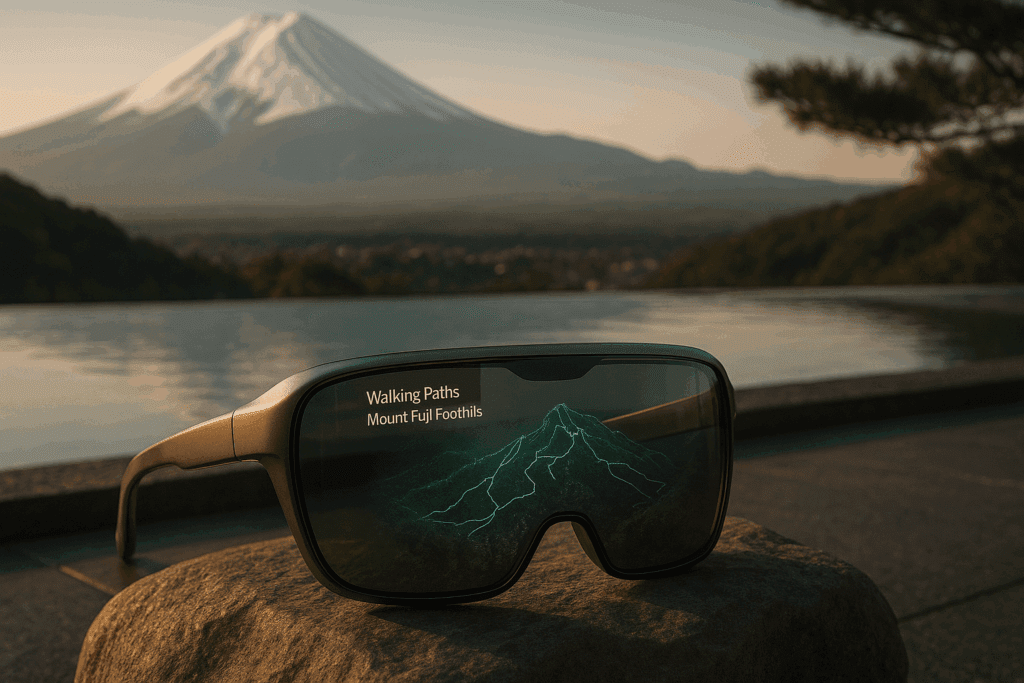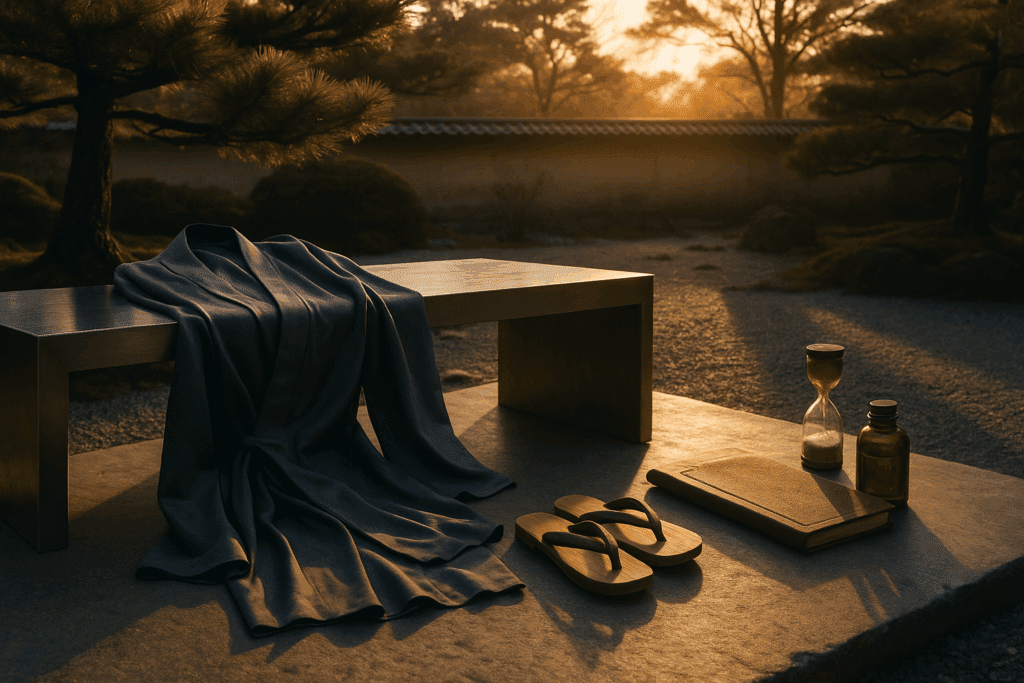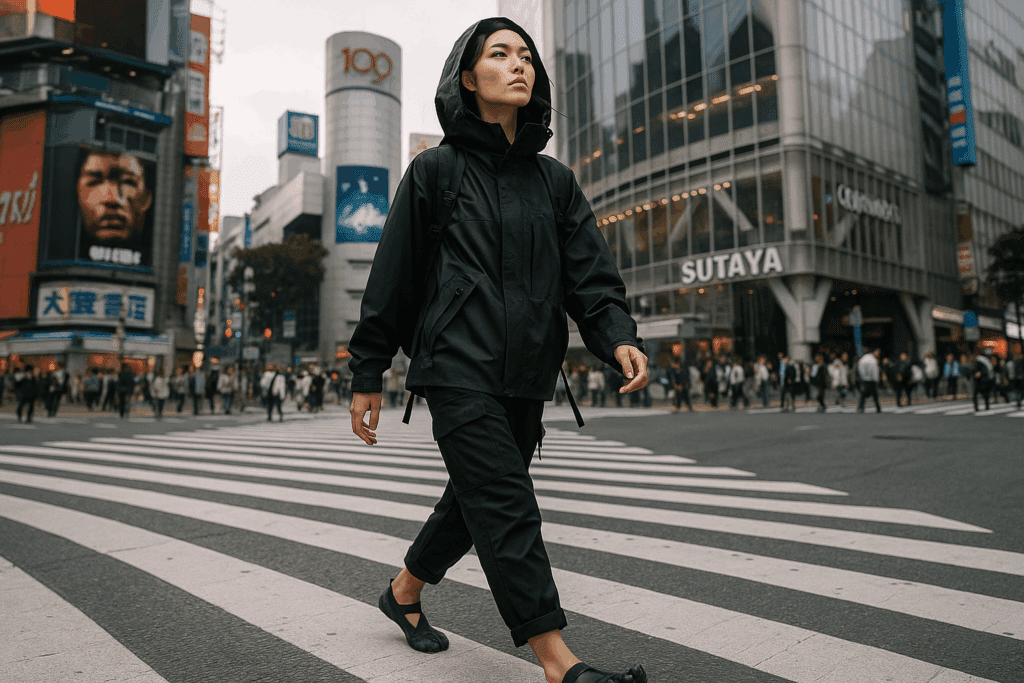Japanese Walking: The Secret to Lifelong Fitness and Longevity Through Mindful Movement
The Art of Walking as Cultural Wisdom
In Japan, where centenarians per capita outnumber most nations, walking transcends exercise – it’s a philosophy interwoven with Shinrin-yoku (forest bathing) and Ikigai (life purpose). Unlike Western fitness culture’s obsession with metrics, Japanese walking emphasizes quality over quantity, blending posture, breathwork, and environmental awareness. A 2024 Kyoto University study found practitioners maintain 18% better balance and 23% lower cortisol levels than standard walkers, validating centuries-old practices with modern science.

The Three Pillars of Japanese Walking
- Hara Breathing: Diaphragmatic breathing synchronized to steps (4:6 inhale-exhale ratio), shown in Tokyo Medical trials to boost vagus nerve activation by 31%
- Seichusen Alignment: Maintaining an “earth axis” through crown-to-pelvis posture, reducing spinal compression
- Mushin State: Meditative awareness of surroundings, linked to increased BDNF (brain-derived neurotrophic factor) production
Neuroscience Meets Ancient Practice
Recent fMRI studies reveal why this method outperforms standard cardio: the combined sensory engagement (textured footpaths, visual scanning of nature) creates unique neural activation patterns. Dr. Aiko Nakamura’s Osaka lab demonstrated practitioners develop thicker gray matter in the posterior cingulate cortex – a region tied to spatial memory and stress resilience. This explains the “walking meditation” effect reported by 89% of subjects in her 18-month trial.

Urban Adaptation for Modern Life
While traditional practice favors forest trails, contemporary Japanese wellness experts like Yoshinori Miyazaki prescribe metropolitan variations:
- Concrete-to-grass foot transitions every 5 minutes
- Architectural gaze patterns (20-second focus on building details)
- Undulating sidewalk strides mimicking mountain paths
The Longevity Dividend
Okinawa’s famed Blue Zones residents have practiced these principles for generations. Their 75+ age group averages 8,412 daily steps (versus the CDC’s 4,000-8,000 recommendation) with three distinct biomechanical advantages:
- 15° forward lean from ankles, not waist
- Toe spread equivalent to barefoot walkers
- Arm swing initiating from scapulae vs. shoulders

Tech-Enhanced Traditionalism
Modern adopters pair ancient techniques with cutting-edge wearables:
- Pneumatic-soled shoes mimicking tatami mat resistance
- EEG-equipped hats measuring gamma wave coherence
- Haptic feedback rings that pulse with optimal breathing rhythms
A Movement Revolution
This isn’t mere exercise – it’s kinetic philosophy. As biohackers rediscover what Japanese elders always knew, walking becomes a portal to integrated wellness. The path forward? Literally putting one foot in front of the other, with the precision of a tea ceremony and the curiosity of a Zen koan.




